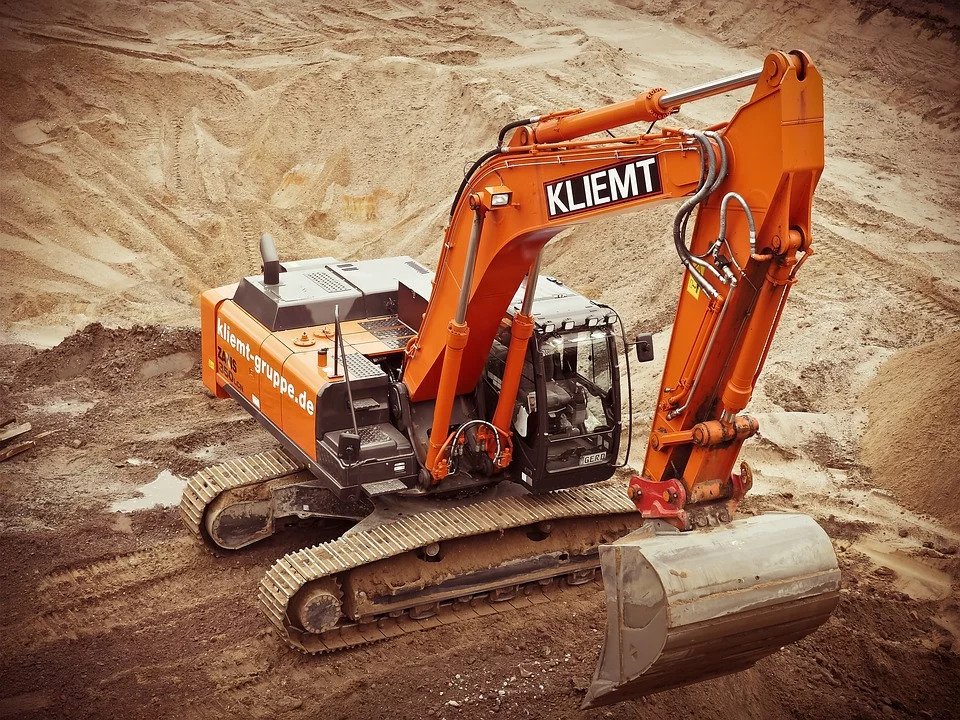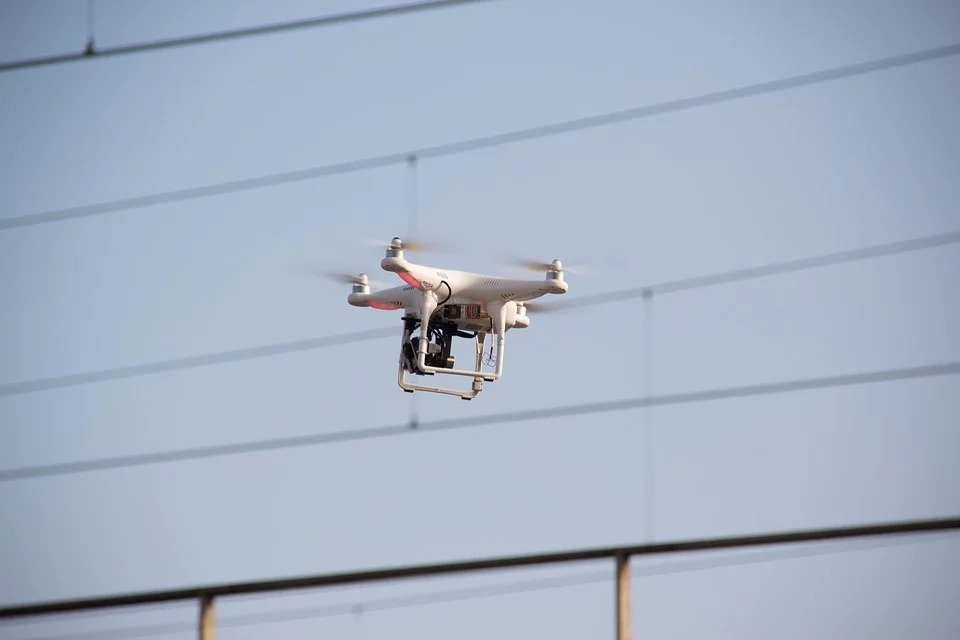The construction industry is not the most innovative on the planet. It likes to take things slowly, waiting until technologies are proven before implementing them in the field.
The reason for this caution is easy to understand. Developers have one chance to get a building right. If they fail, it could put lives at risk. Risk aversion isn’t always a bad thing.
With that said, construction companies are going to find it increasingly difficult to ignore the march of progress over the next ten years or so. New technologies will change the way that the sector will work forever. Here’s how.
Drones Will Replace Hazardous On-Site Inspections
Currently, builders have to perform their own on-site checks to make sure that construction is progressing as planned. Often it means clambering onto unfinished projects and physically looking at an area, clipboard in hand.
The problem with this approach is that it is dangerous. People have to climb over incomplete buildings, often at height and without safety harnesses.
Drone technologies, however, could bring all that to an end. An operative on the ground could remotely fly a drone and send the video feed to a tablet or computer. This way, nobody would have to scale any buildings or clamber over obstacles. The drone’s onboard camera would tell them everything that they needed to know.
Building Modeling
Building modeling is coming to play an increasingly important role in the construction sector. Companies are using design tools that show them the functional layout of a building, allowing them to see precisely in what order they should construct it.
This ability is making an enormous difference in how they implement plant and equipment on-site. Pick and carry cranes can be rented for specific schedules during the construction effort, reducing costs. Builders also get detailed instructions direct to their handheld devices on-site, delivered through the cloud. And comprehensive maintenance schedules show the new owners what they need to do and when they keep the building running optimally when they move in.
3D Printed Components
The days of performing thousands of manual operations to construct a building look like they may be coming to an end. The reason for this is the power of 3D printing, a technology that seems to have no limits.
3D printed buildings will be different from their regular counterparts. Instead of laying each brick in turn, manufacturers will fabricate large chunks of the shell of the building for crane operators to hoist into place on-site. Because 3D printers can print fine details into the structure of buildings, there will be no need for installing wiring and piping after the fact – it’ll all be done in the manufacturing facility.
This technology isn’t far off either. Already 3D printing-based construction firms have shown off proofs of concept, such as homes printed out in as little as 48 hours and for minuscule costs. In the future, more sophisticated devices may be able to print out larget buildings on-site, without the need for dozens of laborers in the background, doing all the heavy lifting.

